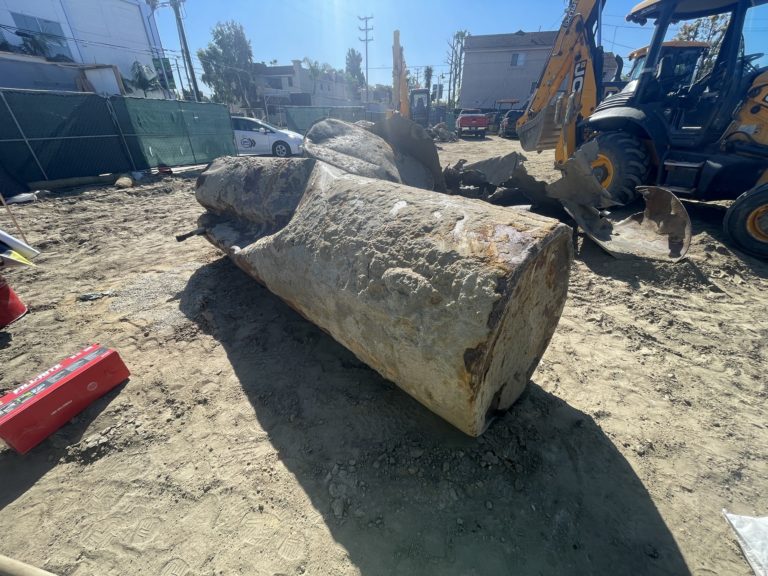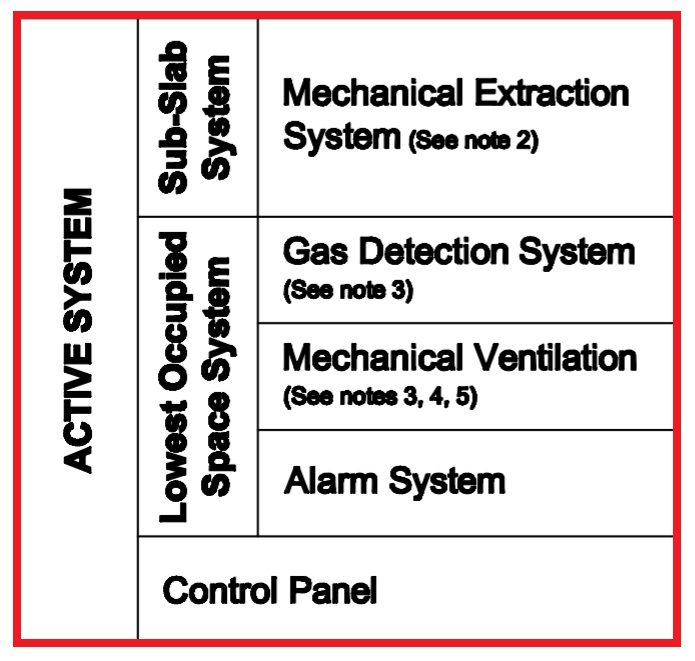Mineral Definition
A mineral is defined as an inorganic element, compound, or substance that naturally develops with an organized internal structure and/or crystal form over time. Minerals are also distinguishable by their chemical composition and physical properties, as determined in laboratories by geologists. Typical earth minerals found in most igneous, metamorphic, and sedimentary rocks are feldspar, muscovite, olivine, and quartz. In fact, feldspars are the most common mineral within the earth’s crust, and olivine is one of the most common minerals in the mantle.
Mineral Classification
As of the year 2021, there are about 3,800 types of mineral names in academia. And each mineral is identified based on its physical properties. For instance: harness; fracture streak; luster; crystal structure; color; specific gravity; and density.
Crystal Structure
A mineral’s crystal structure is a reflection of how the atoms are arranged internally. And there are seven primary crystal systems: cubic; tetragonal; hexagonal; trigonal; orthorhombic; monoclinic; and triclinic.
Harness
A mineral’s relative harness is a scientific determination by whether the specimen itself scratches another mineral on the Mohs Hardness Scale, or not.
Luster
Light reflection properties from the surface of a mineral sample are what define its luster. Most minerals qualify under any of the following classifications: vitreous; silky; waxy; glassy; metallic; pearly; dull; flat; and resinous.
Color
Coloring can differ in mineral specimens for many reasons. For instance, weathered mineral samples can show different shades of coloration as opposed to unweathered specimens. Nonetheless, when observing igneous rocks, geologists utilize a color index system in order to determine the mafic mineral content. Moreover, color determinations can occur without the use of the index system. For instance, lab technicians can make a streak on a plate of porcelain to determine the “diagnostic color” of a specimen.
Specific Gravity and Density
A mineral’s specific gravity is defined by the ratio of its density and the density of water.
Minerals vs Other Rocks
The term “rock” is a global description of an aggregate substance comprising one mineral, or an assortment of other minerals together as one mass. To simplify, rocks are known to contain minerals and can be either igneous, metamorphic, or sedimentary. For example, sandstones (sedimentary rock), granites (igneous rock), and marbles (metamorphic rock) are all examples of rocks that comprise a variety of minerals.



